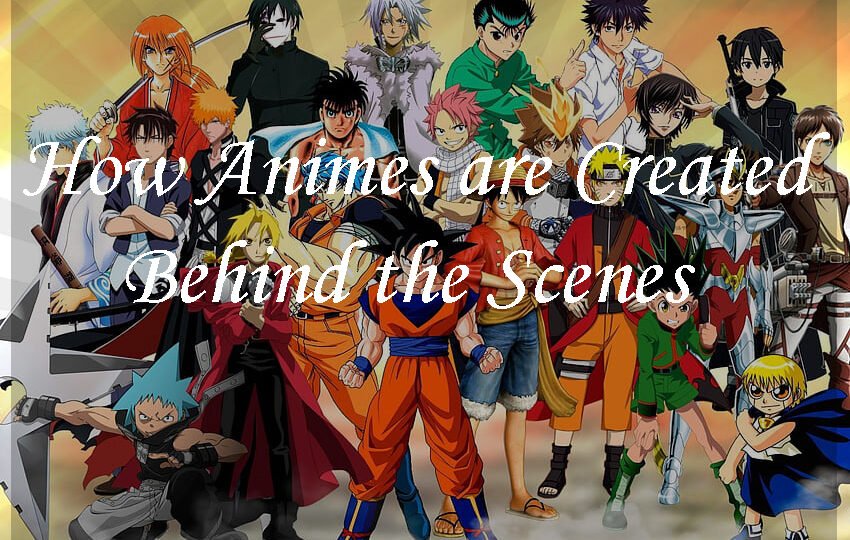
Anime has enthralled global audiences with its enchanting narratives, vivid characters, and captivating aesthetics. Yet, have you ever pondered the intricate craftsmanship behind these mesmerizing animated series and films? The production of anime is a multifaceted, collaborative undertaking that unites a cadre of skilled artists, all dedicated to breathing life into your cherished shows.
1. Concept and Planning: Every anime starts with an idea, often originating from manga, light novels, or original concepts. Producers and creators brainstorm to develop a compelling storyline and characters that will resonate with the audience.
2. Scriptwriting: Once the concept is finalized, professional scriptwriters craft the dialogue, narration, and scene descriptions. A well-written script serves as the foundation for the entire production.
3. Storyboarding: Storyboards are detailed visual representations of how each scene will play out. They include shot compositions, character positions, and camera angles. These storyboards guide the animators and directors in realizing the creator’s vision.
4. Character Design: Character designers create the unique look and feel of each character, considering their personalities, clothing, and distinctive features. Character sheets are then produced to ensure consistency throughout the series.
5. Animation: The heart of anime production lies in animation. Talented animators bring characters to life by creating individual frames that, when played in sequence, produce fluid movement. Traditional hand-drawn animation has evolved to include digital techniques, enhancing efficiency and precision.
6. Voice Acting: Anime’s iconic voice acting, or seiyuu, is a critical element. Professional voice actors lend their talents to characters, breathing life into them with distinct voices and emotions. Recording sessions are meticulously timed to match the animation.
7. Soundtrack and Sound Effects: Composers and sound engineers create the musical score and sound effects that set the mood and enhance the viewer’s experience. The music and sounds are synchronized with the animation for maximum impact.
8. Editing: Editors piece together the animation, voice acting, music, and sound effects to create a coherent and engaging final product. This stage ensures that the pacing and timing are perfect.
9. Quality Control: A dedicated team reviews the anime for any inconsistencies or errors, making necessary adjustments to maintain the highest quality.
10. Distribution and Marketing: Once the anime is complete, it’s time to share it with the world. Distributors work to bring the series to streaming platforms, TV networks, and theaters. Marketing efforts generate excitement and anticipation among fans.
11. Fan Engagement: Anime studios often interact with fans through events, conventions, and social media to build a dedicated fanbase and receive feedback.
In conclusion, the making of anime is a meticulous and collaborative process that requires the talents of writers, artists, animators, voice actors, and many others.
RELATED POSTS
View all


